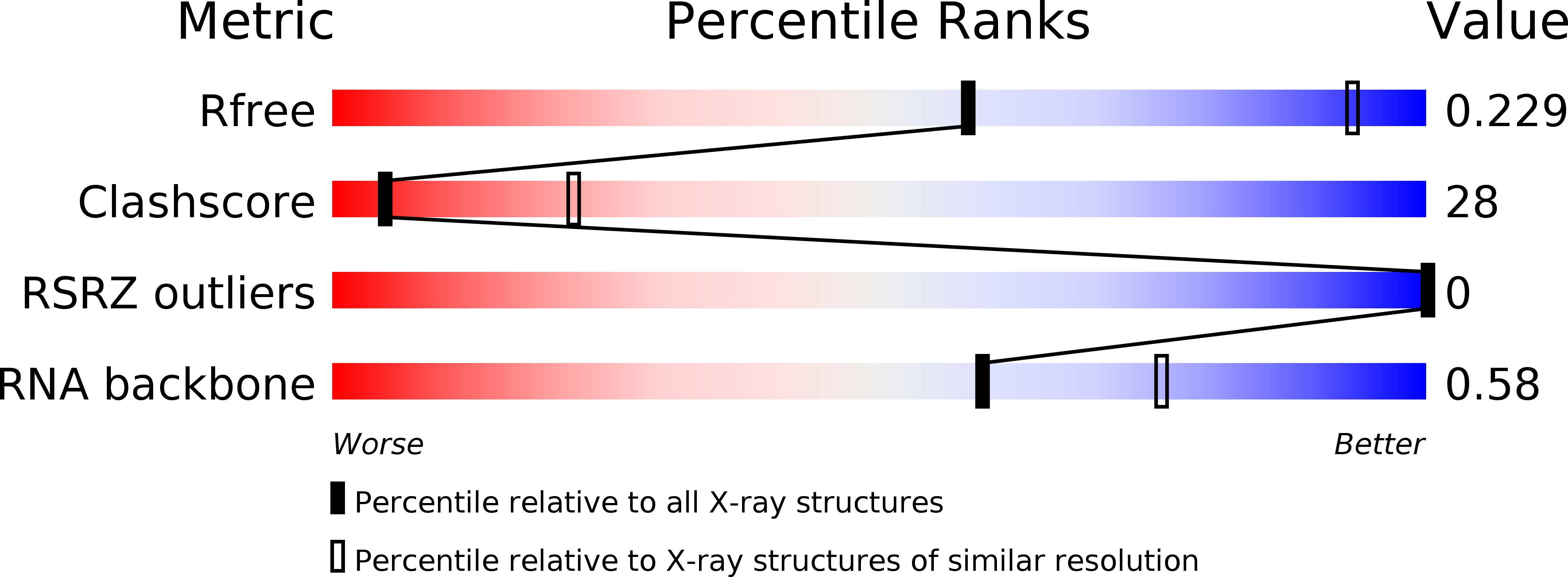
Deposition Date
2000-08-06
Release Date
2001-01-17
Last Version Date
2023-08-02
Entry Detail
PDB ID:
1FIR
Keywords:
Title:
CRYSTAL STRUCTURE OF HIV-1 REVERSE TRANSCRIPTION PRIMER TRNA(LYS3)
Biological Source:
Source Organism:
Bos taurus (Taxon ID: 9913)
Method Details:
Experimental Method:
Resolution:
3.30 Å
R-Value Free:
0.22
R-Value Work:
0.18
R-Value Observed:
0.18
Space Group:
P 32 1 2


